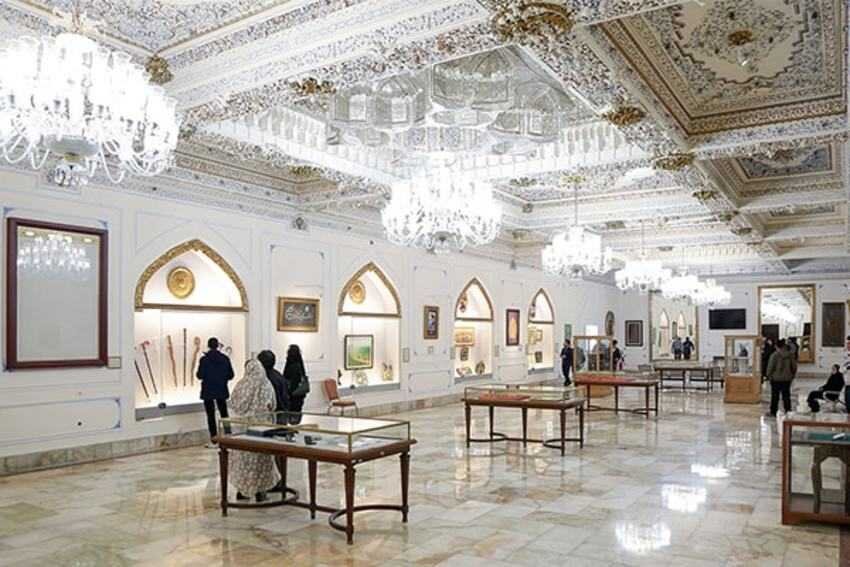2.7 million visits to Iranian museums recorded in 11 days
According to the general directorate of museums at the Ministry of Cultural Heritage, Tourism, and Handicrafts, a total of 2,787,200 visits were made to Iranian museums from the 24th of Esfand, 1402 to the 5th of Farvardin, 1403. Provinces witnessing significant visits included Fars with 658,879 visits, Isfahan with 298,387 visits, Tehran with 176,221 visits, Khuzestan with 120,821 visits, and Khorasan Razavi with 105,880 visits, topping the list of visitors.

Some 2.7 million visits to Iranian museums, cultural sites, and historical landmarks have been recorded during the past 11 days, Mehr reported on Monday.
According to the general directorate of museums at the Ministry of Cultural Heritage, Tourism, and Handicrafts, a total of 2,787,200 visits were made to Iranian museums from the 24th of Esfand, 1402 to the 5th of Farvardin, 1403.
Provinces witnessing significant visits included Fars with 658,879 visits, Isfahan with 298,387 visits, Tehran with 176,221 visits, Khuzestan with 120,821 visits, and Khorasan Razavi with 105,880 visits, topping the list of visitors.
The most frequented destinations, in descending order, were Hafezieh Complex with 195,455 visits, Persepolis with 139,153 visits, Sa’di mausoleum with 112,060 visits, Saadabad Cultural and Historical Complex with 74,933 visits, Karim Khan Citadel with 72,679 visits, Fin Garden with 70,583 visits, Chehel Sotoun Palace with 65,616 visits, Ali Qapu with 62,444 visits.
It was a surge that reflects a renewed interest in Iran's rich cultural and historical heritage, as both domestic and international tourists flock to explore the country's treasures.
Iran, an ancient land steeped in history, boasts one of the world's oldest continuous major civilizations, with settlements dating back to 4000 BC. It is adorned with a wealth of cultural treasures, including bazaars, museums, mosques, bridges, bathhouses, madrasas, gardens, and diverse natural landscapes, complemented by 27 UNESCO World Heritage sites.
While commonly associated with the first Persian Empire ruled by the Achaemenids (ca. 550–330 BC), under notable sites such as Pasargadae and Persepolis, Iran's historical tapestry is far richer. The country is adorned with numerous prehistoric sites predating the Achaemenid era. These include the Burnt City in Sistan-Baluchestan, Tepe Sialk in Kashan, Susa and Chogha Zanbil in the Khuzestan province, and Ecbatana in Hamedan.
Viewed through a broader lens, Iranian history unfolds in two distinct eras: pre-Islamic and Islamic. The rise of the Medes in 625 BC marked the unification of Iran into a nation and empire. However, it was the Islamic conquest of Persia (633–656) that signaled a pivotal moment, bringing an end to the powerful Sassanid Empire (224–651) and reshaping the course of the nation's history.
